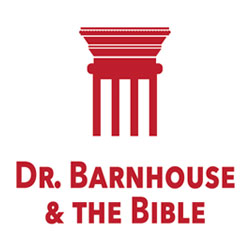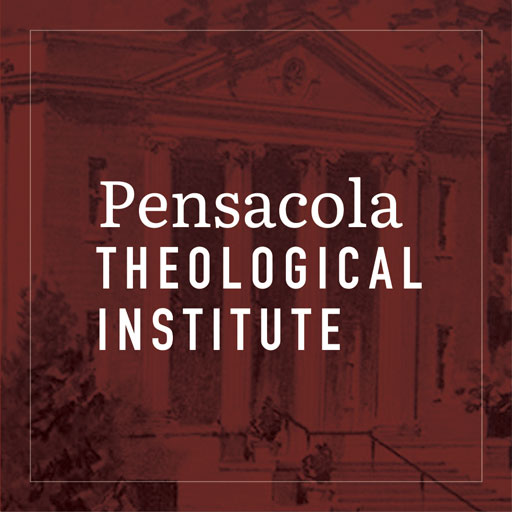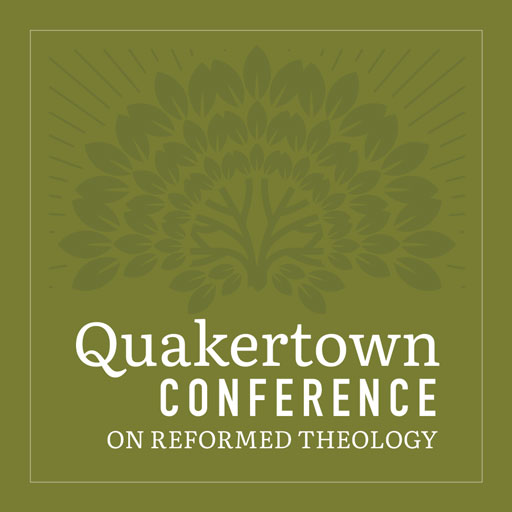
Incarnation: Glimpsing Mystery
The season of Advent is once more upon us and the church around the world will soon be celebrating the birth of our Lord. It is a season of the year that has an interesting and uneven pedigree, not to mention a few curiosities and anomalies. Perhaps the greatest of the latter being that the focus on Bethlehem in relation to the incarnation of Christ has managed to obscure where the heart of this mystery really lies.
The place in which this miracle of miracles occurred was in Nazareth; or, more specifically, in the womb of the Virgin Mary in Nazareth. The exact moment it took place we do not know. We do have, however, a measured insight into the manner in which this extraordinary event happened in Gabriel’s answer to Mary’s question, ‘How will this be since I am still a virgin?’ in Luke’s record of the nativity (Lk 1.26-38). Having already indicated that the son she will bear will be no ordinary child. He will be ‘great’ and will be called ‘Jesus’ [Yahweh saves] (1.31), will also be called, ‘Son of the Most High’ and be given ‘the throne of his father David’ (1.32) and ‘his kingdom will never end’ (1.33). All of these clues clearly point to greatness, but not necessarily a greatness that could not be contained in a human individual with unusual gifts and capacity.
Mary’s concern, however, hinges on her virgin state and clearly the very thought of seeking fulfilment of this promise through natural intercourse was nowhere in her mind. Indeed, everything about her angelic encounter pointed to there being something of hitherto unknown greatness unfolding before her eyes. And Gabriel makes it clear that this is in fact the case as he tells her: ‘The Holy Spirit will come upon you, and the power of the Most High will overshadow you. So the holy one to be born to you will be called the Son of God’ (1.35). This was territory that no rabbi, theologian or prophet had seriously contemplated before, but was being revealed to an insignificant Galilean girl by the supreme ambassador of heaven.
There is no indication that the miraculous conception occurred at that moment. All we are told is Mary’s response to the announcement: ‘I am the Lord’s servant. May it be to me as you have said’ (1.38). And it is, without question, utterly appropriate that this should have been the case. The intimacy as much as the mystery of any conception deserves privacy, how much more then the unfathomable mystery of what happened in Mary’s womb. (Something that is counterbalanced by the privacy that shrouds the resurrection in the darkness of the tomb at the other end of Christ’s earthly life.) That it did happen is simply a matter of fact as Luke goes on to record the encounter between the pregnant Elizabeth, Mary’s near relative, and what was clearly the pregnant Mary (Lk 1.29-45). But Luke takes us no further in understanding what happened in that moment of enfleshment when the eternal Son of God took the DNA of Mary to become the perfect representative of humanity.
Indeed, apart from John in his Prologue, the Evangelists add almost nothing to what we have in Luke. However, we are given a profound glimpse of the mystery of what was involved in the incarnation in a very unlikely portion of the New Testament in a somewhat surprising context.
The context is a church which, on the surface of things, appears as perhaps the most attractive church in the New Testament world: the church in Philippi addressed by Paul in a letter which has often been dubbed ‘the Epistle of Joy’. At face value it may well have seemed like a joyful congregation, but as its founding apostle begins to peel back some of the layers in its life, he soon exposes some sad and painful realities. In particular he identifies ‘selfish ambition’ and ‘vain conceit’ as two of the cardinal sins lurking in its pews and traces their source to the idolatry of ‘self-interest’ (Php 2.3-4).
Although they may fall into the category of what Jerry Bridges calls, ‘respectable sins’, they are among the most insidious sins that can infect the body of Christ. Because not only do they lie behind the most devastating divisions the church can suffer, but they invariably distort and discredit the gospel before a watching world.
The depth of the seriousness of such seen is reflected in the fact that Paul reaches for the most heavyweight ordnance in his theological arsenal to address it. He reaches for the doctrine of the incarnation in a way that takes us deeper into what it entails than anywhere else in Scripture.
Having just exhorted his listeners with the words, ‘Your attitude should be the same as that of Christ Jesus’, he then says of Christ, ‘Who, being in very nature [literally: ‘form of’] God, did not consider equality with God something to be grasped [literally: ‘cling to’], but made himself nothing [literally: ‘himself he emptied’], taking the very nature [literally: ‘form’] of a servant, being made in human likeness. And, being found in appearance as a man, he humbled himself and became obedient to death – even death on a cross!’ (Php 2.6-8).
The controlling thought in this extended statement about Christ is that ‘he made himself nothing’ (2.7) – it is the idea of kenosis. It is a concept in relation our Lord that has stretched the mind of commentators and theologians through the ages. In what sense can the One who is Lord of all and whom the heavens cannot contain be said to ‘make himself nothing’? There have been some notoriously wrong answers, like that of Charles Wesley: ‘emptied himself of all but love’. And there have been some radical attempts to explain it, as with the kenotic theories of the Higher Critical schools of 19th Century Germany that suggested that the Son somehow divested himself of some or all of the attributes of deity. (These theories inevitably imploded – unable to sustain internal consistency as a meaningful description of Christ’s being the God-man.)
How, then, are we to understand what kenosis entailed for Christ? Although, from the context of what Paul is saying, it clearly has a bearing on all that Christ became and accomplished to secure redemption, it has its roots in and emanates from the moment of his incarnation. It was at that moment in time when ‘remaining what he was, he became what he was not’ (Gregory of Nazianzus).
Paul does not so much delve into the ontology of the incarnation in this statement as to the ‘attitude’ that made him willing to undergo this extraordinary change – the attitude that was to reshape that of the Philippians (2.5). It was an attitude that enabled him to not ‘cling on to’ the ‘equality with God’ that was and always had been rightfully his (2.6). Understanding what it meant hinges on how we understand the word morphe (2.6,7), literally translated ‘form’ [ESV, NRSV, NASB95], but translated ‘very nature’ [NIV] reflecting a specific interpretative decision on the part of its translators. Donald Macleod argues helpfully for the retention of ‘form’ as preferable because Paul’s use of ‘form’ is the hinge on which his whole argument turns in this passage.[1] He highlights the nuance in ‘form’ that has to do with how someone or something is perceived – regardless of the underlying reality. Macleod’s reason for pressing this point being that the Philippians were not being asked to undergo a change in their being; but rather, to consciously change their attitude to one another.
How does the kenosis of Christ help them to grasp this point? By appreciating the fact that Jesus, throughout the entire journey that led him from glory to Golgotha, allowed himself to be misperceived – even by those he came to save. And did so by not standing on his rights. Indeed, by adopting the posture of a bond-slave (2.7) and placing himself under the divine anathema through ‘death on a cross’ (2.8), he allowed surface perception to almost totally obscure the sheer wonder of who he really was and what he was actually doing. He was making himself nothing in the eyes of men in order that all who trust him might have everything in fellowship with God.
Kenosis is but one facet of the mystery of what happened in Nazareth; but it is no small facet. By deigning to take our humanity to himself in the way he did in the Virgin of Nazareth’s womb meant that he grew up with the stigma of perceived illegitimacy hanging over him. He grew up also in poverty, in obscurity and when he began his earthly ministry this was compounded by the contempt of his family and fellow villagers. When he prayed in Gethsemane, ‘My Father, if it is possible, may this cup be taken from me’ (Mt 26.39), as Sinclair Ferguson has observed, he was not having a crisis of faith, but was praying the only way he could pray under the circumstances. As the one who had kept the law in its totality and fulfilled all righteousness, ‘the cup’ of the cross that loomed over him was unreasonable and unjust for himself personally (though not for those he came to represent). Nevertheless – in line with his kenotic spirit – he adds his own ‘nevertheless’ to his prayer: ‘…not my will, but yours be done’. And even though that would ultimately mean being anathematised on what Macleod calls ‘the garbage heap of Jerusalem’ he willed that it would be so, because it was for sinners who would otherwise be anathematised that he came. Therein lies the ultimate mystery – and majesty – of the incarnation.
[1] Macleod, D. The Person and Work of Christ (IVP; Leicester, England) 1998, pp. 205-220
























